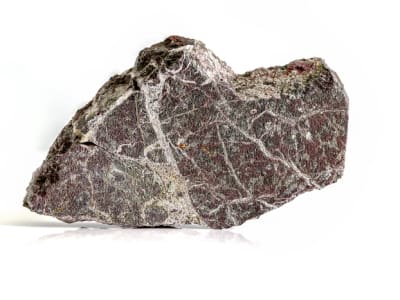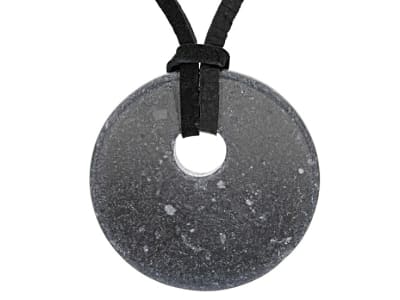Marble is a metamorphic rock formed under the influence of heat and pressure and consists of a mass of interlocking calcite or dolomite crystals. Pure marble is white, and some other marbles take their common names from their color or mineral impurities. Marble is often used for fine building material or sculpture, thanks to its beautiful appearance.
General Information
LWUV: Variable
Marble Colors
-
 Black
Black -
 Blue
Blue -
 Brown
Brown -
 Gray
Gray -
 Green
Green -
 Multi-color
Multi-color -
 Orange
Orange -
 Pink
Pink -
 Red
Red -
 White
White
Countries of Origin
Macedonia (the former Yugoslav Republic of); Russian Federation; Romania; United States of America; Egypt; India; Spain; Greece; Sweden; Turkey; Unknown; Norway; China; Ireland; Brazil; Italy; Mexico; Algeria; Chile; Germany
History
Marble typically begins as a limestone or predominately carbonate bearing rock that undergoes a miraculous change after being subject to immense heat and pressure deep within the Earth in a process called metamorphism. This process changes an ordinarily grey and dull limestone into the stunningly white stone that we all know as marble. Historically, marble is most recognized for its use in art and architecture since the days of ancient Greece, and possibly even earlier. Buildings such as the Taj Mahal, the Lincoln Memorial, the Supreme Court Building, and the Greek Parthenon have all been constructed out of marble.
Care
Gentle care, moderately soft. Avoid ultrasonic cleaners, vinegar, harsh cleaners. Soluble in acid.
More About Marble
Because marble is made up of calcium carbonate it is mined for its use in antacids. Marble is also used to mitigate acid content in our environment.
Species/Variety
Connemara Marble
Ireland’s unofficial national gemstone, Connemara marble is a calcite marble that contains large amounts of serpentine. Green in color, its name comes from the locality in western Ireland where it is mined. Mining of this ornamental rock is one of Ireland’s oldest industries and there’s even a visitor’s center devoted to this decorative stone. The perfect stone to represent Ireland, which has long been known as the ‘Emerald Isle’, Connemara marble has been carved into a wide variety of decorative items throughout history. Known since the Stone Age, Connemara marble has also been used over the centuries as a medium of exchange.
Onyx Marble
The term onyx marble is sometimes used to describe a rock made up of alternating layers of different colored calcite or aragonite. It should not be confused with onyx which is a banded variety of chalcedony. It was referred to as “alabaster” in ancient times, but in modern usage this term is only used to describe a variety of gypsum.




